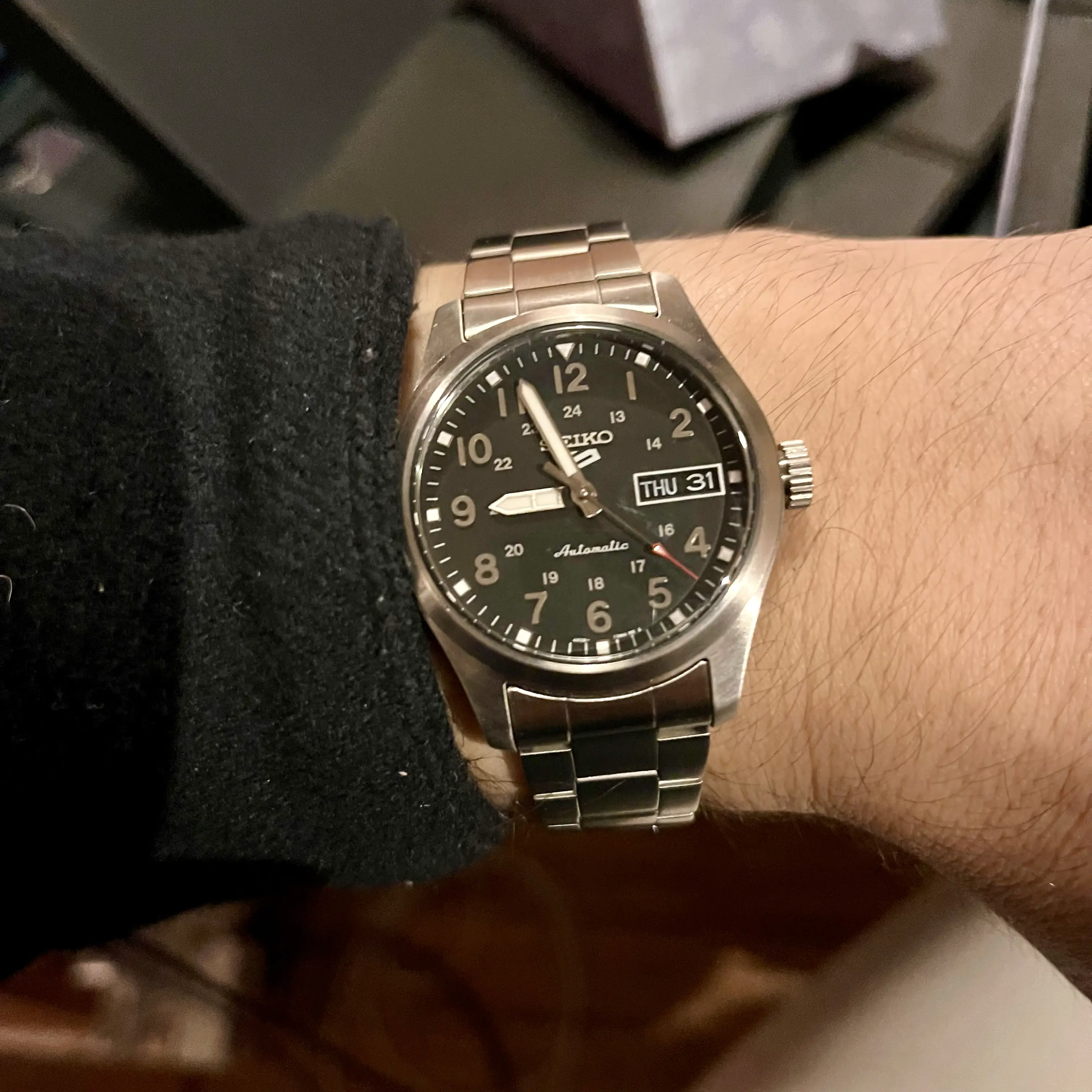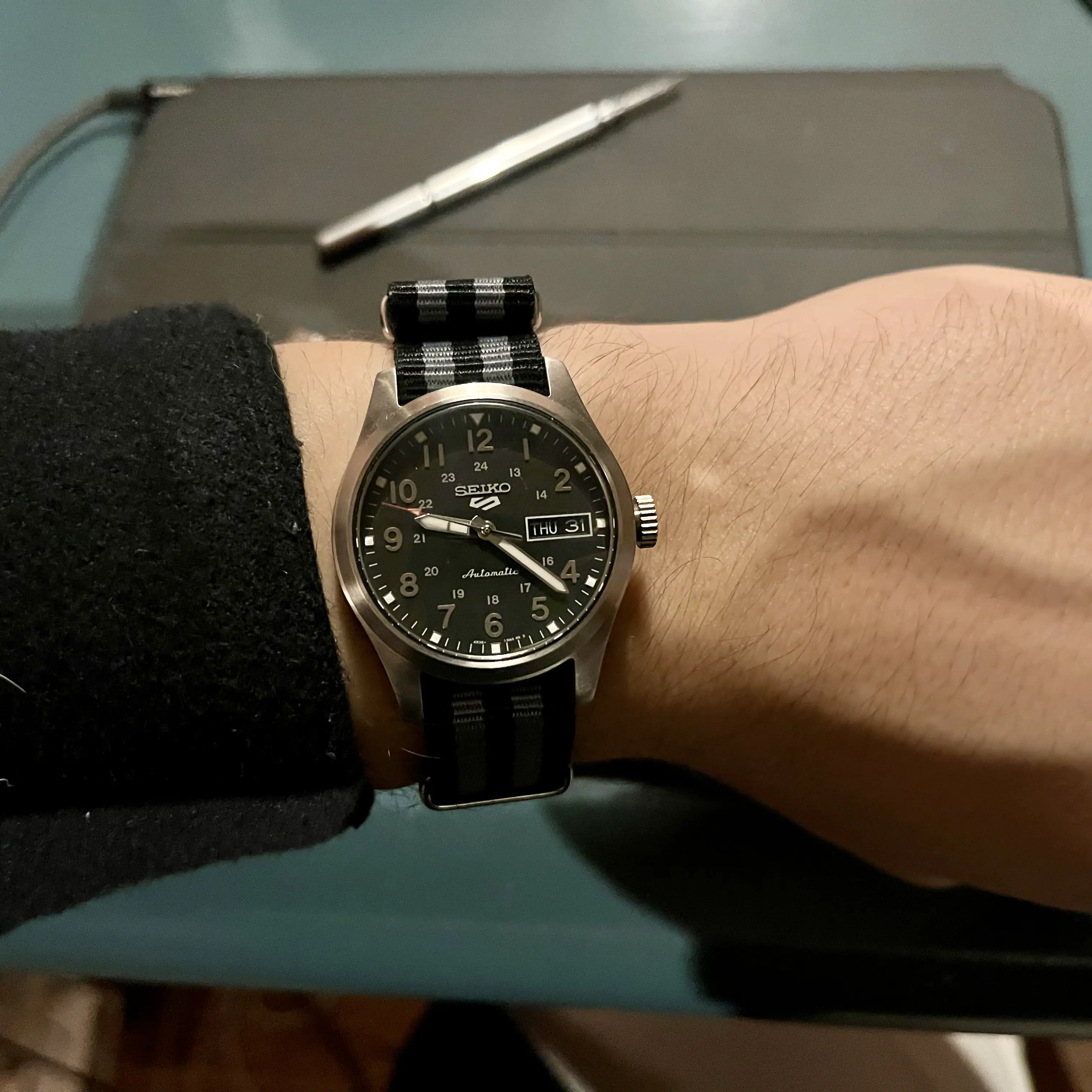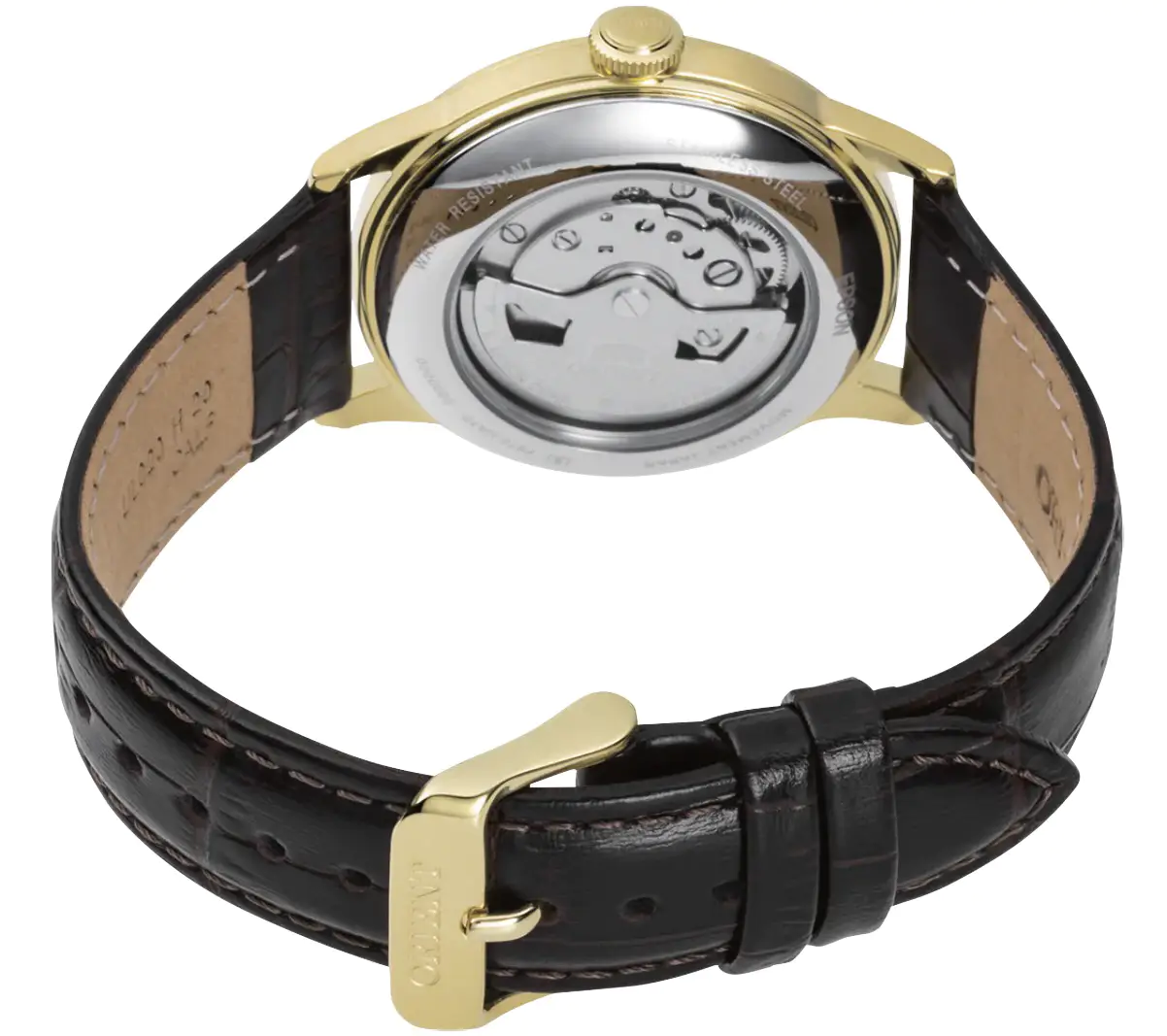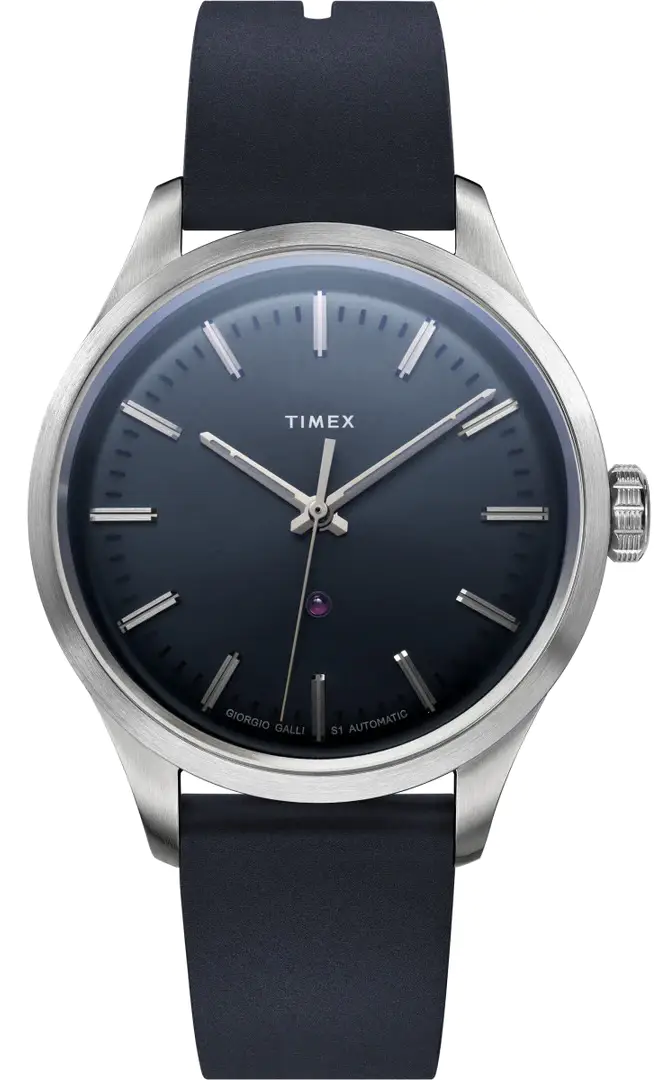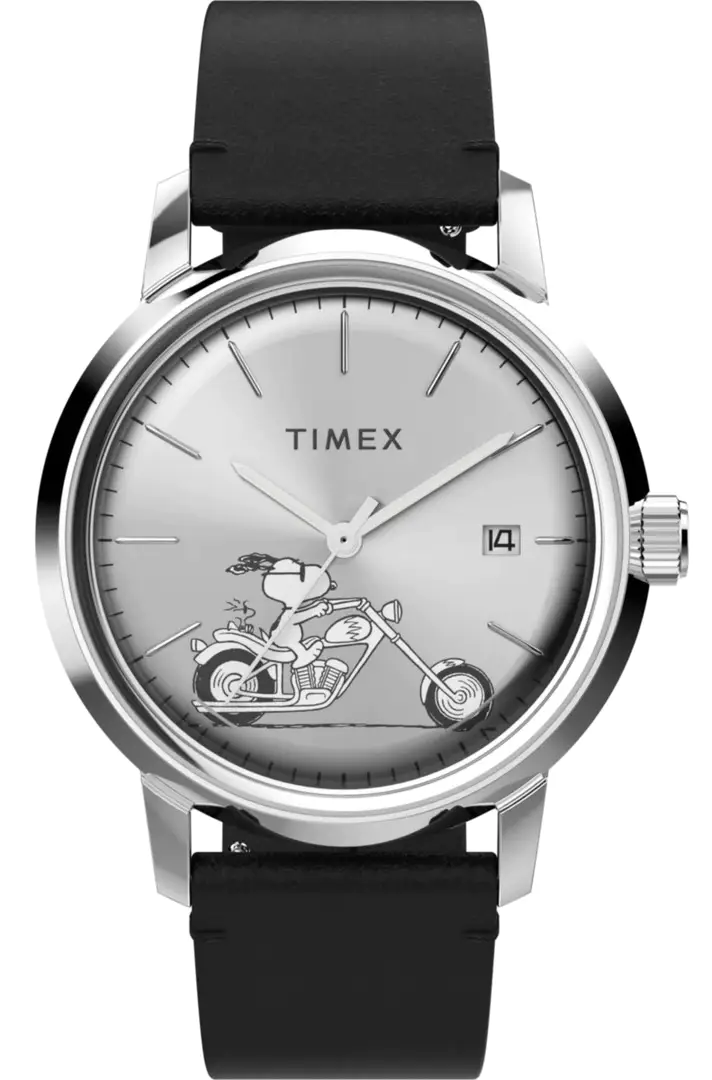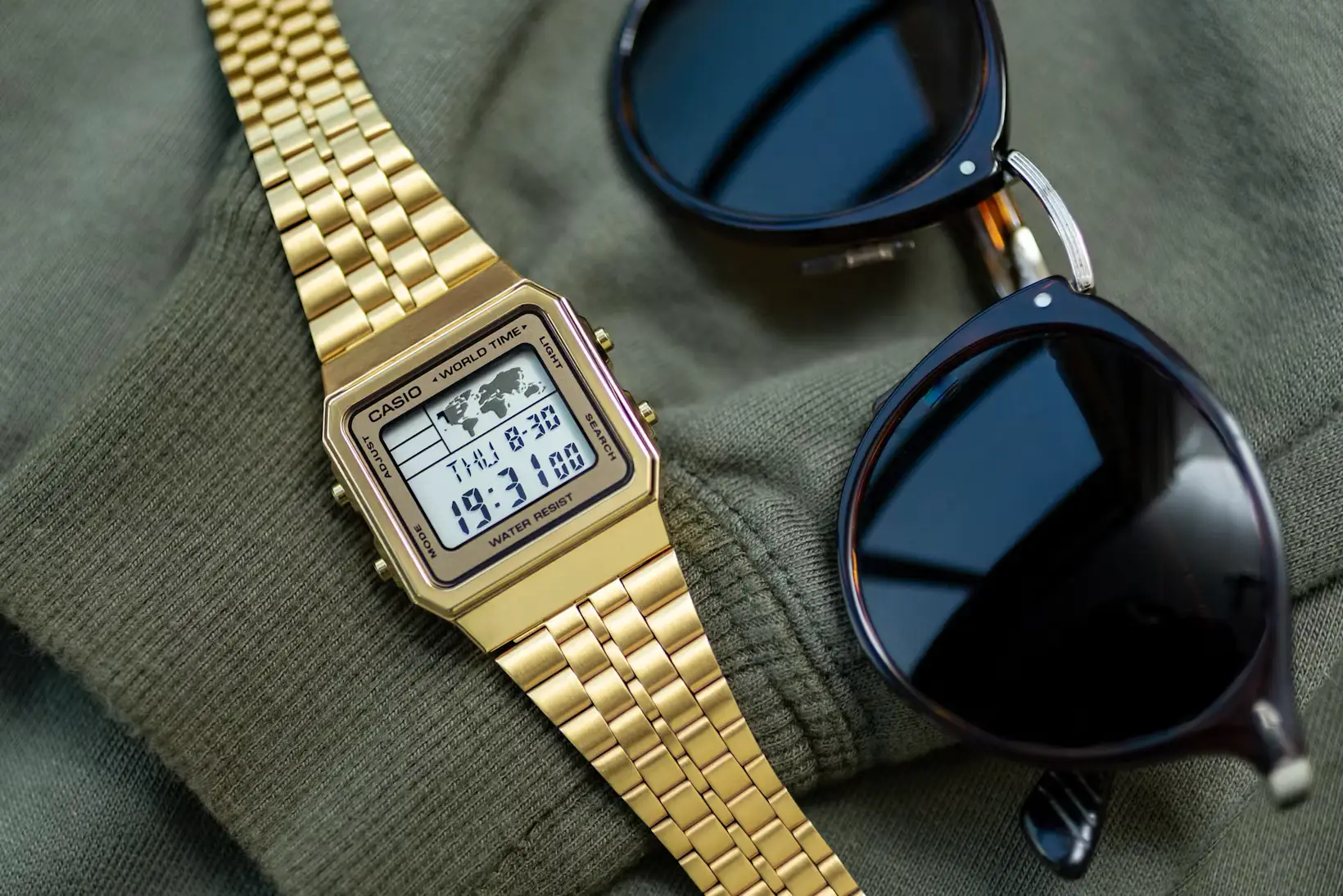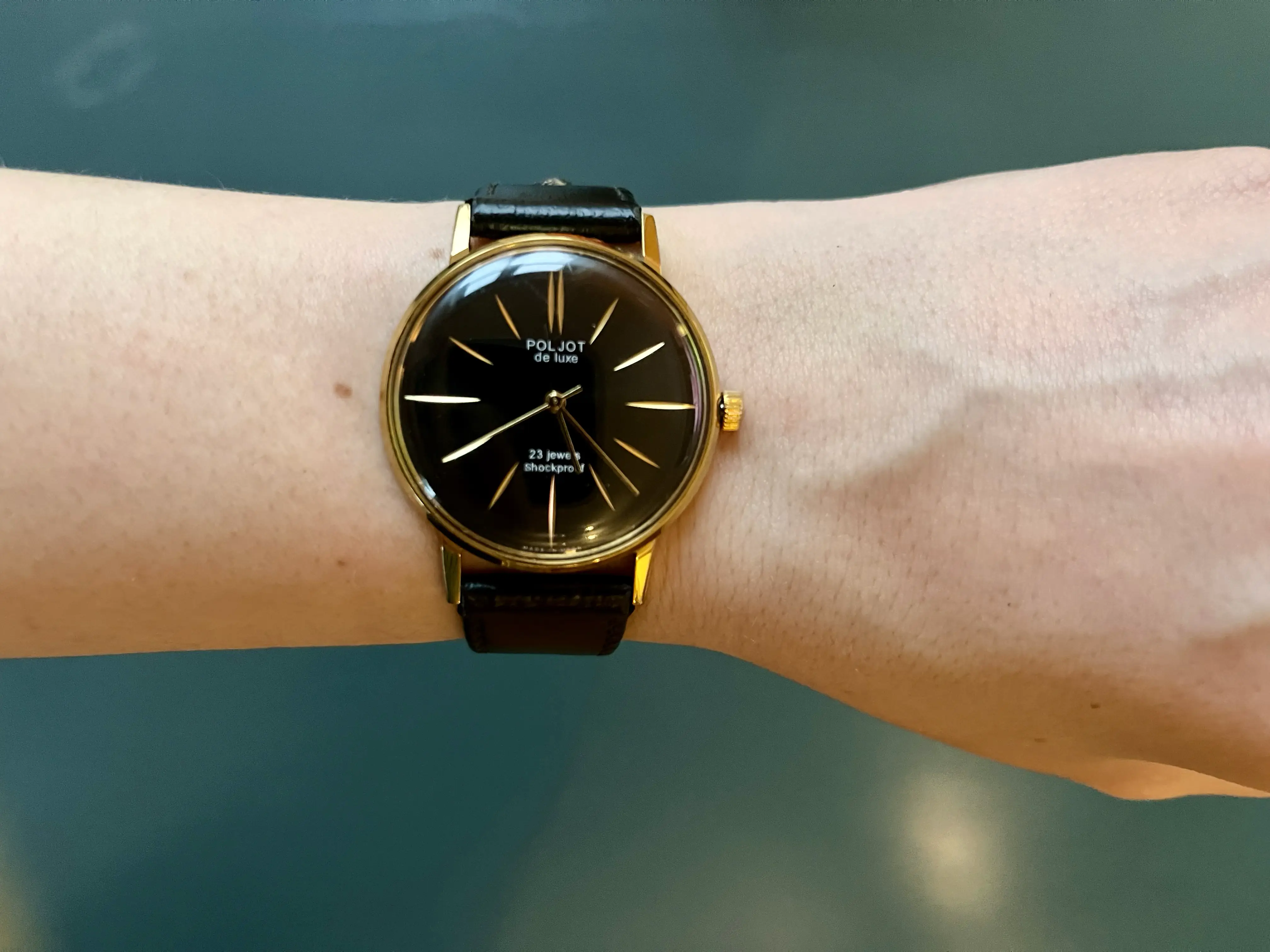✉️ Advice for Cheap Watches
This post is an answer to a part of the latest Comfort Zone podcast episode, where they talked about considering a non-smart watch. In the episode, Matt Birchler said he had considered going back to using a non-smart watch – but that when he asked for advice, people usually said he had to spend around €1.000 to get something good. He ended up saying why he probably didn’t want one anyway, but I wanted to give some advice “just in case”! And also to others who might come by this.
I do love more expensive watches1 – but I also have a soft spot for cheap ones. And my watch collection consists of only sub-€100 watches! So here are my tips: (Click here for the TL;DR.)
1) Look past the strap
Especially when looking at cheaper watches, the strap that comes with the watch might not be great – in terms of comfort and/or looks. So I typically focus on the dial and case. Many watches also come with a metal bracelet, which I, personally, don’t love, so I usually switch to a third-party NATO strap or a nice leather strap. I’ve had luck with leather straps from Etsy, combined with a butterfly clasp from Ebay. Those clasps make it so you don’t have to add strain to the leather every time you put it on and off, increasing its longevity.
You just have to figure out the width of the watch lugs2 (often 18-22 mm) and, if you’re going for a butterfly clasp, how much the strap tapers. Because, usually, a 20 mm leather strap might only be 18 mm at the other end – so you’ll need an 18 mm butterfly clasp. Also, try to match the hardware metal of the strap with the watch itself.
Most nice watches work great with different straps – so I’d rather buy fewer watches and more straps, and vary from day to day!
2) Mechanical watches 🫶🏻
In the episode, I think they conflated “mechanical” and “analog” watches. The latter is watches that aren’t digital – that they show the time with hands and stuff. The first is about how the watch gets its power. Most cheaper watches have battery-driven quarts movements, and aren’t considered “mechanical”.
The rational choice is to go for a quarts watch: It’s more accurate, you don’t have to wind it, and it’s easier to make slim. And there are plenty of great quarts watches.
**But I still love mechanical ones… **For some reason, I just love the idea of it running just with cogs, springs, and whatnot. And it’s neat that you never have to change the battery. You can also get a smooth sweeping seconds hand – instead of it ticking every second.
The main types of mechanical watches are hand-wound and automatic ones. With the first type, you’ll probably want to wind for a couple of seconds every morning. The latter will wind itself with the movement of your arm – so if you wear it at least every 2–3 days, you’ll never have to wind it!3 But hand-wound ones are usually slimmer.
3) Consider the complications
The most common complications are calendar ones, like day, date, and month. If you’re thinking about a watch you’ll wear every day, I’d probably go for an automatic one with some calendar complications.
4) Don’t buy it too large
Now, this is very subjective, and something I’m very opinionated on. But I think many people buy way too large watches. If you have slender wrists (like many women do), I’d go 32-36 mm, and people with extra wide wrists will look good with watches up to 44 mm. But for most people, I’d go for 35-40 mm.
5) Some brands to look at
Many fashion watches are overpriced. They might have a decent design – but are very cheaply made quarts watches with a brand slapped on them. I’m not saying no one will be happy with a watch like this, but you could get more for your money. I’d also stay away from most micro-brands that run a lot of crowdfunding with large words about “cutting out the middle-man”4 – even though there’s absolutely some good micro-brands out there.5
But I like to focus on Good Stuff on this blog, so I mostly want to discuss brands I recommend!
Seiko is really solid, and their 5 line is a great value. The latest versions have “sadly” become better, and thus also a bit pricier. But they’re still not overpriced – and you can still get the older versions used for a great price.
Orient is another really solid brand, with several styles.
The American brand Timex has been around for a long time, and still makes nice budget options. I really wish they made a mechanical version of the Weekender!
Casio is a really well-known budget brand, and is well worth the (little amount) of money. They make some decent analog watches as well, but I’d go for a classic digital one from them. And the, by far (in my opinion), coolest of them is the World Timer A500WGA.
A good place to look for cheap, mechanical watches is Russia/the USSR (vintage). But I haven’t felt like buying any of them since the attack on Ukraine – so I’m not sure if I can recommend it. At least buying new! My go-to used to be buying Vostok (especially Amphibia – 420 is the prettiest version IMO) directly from Meranom. They don’t look great on that site, but you can buy custom bezels and more, and have them put it on before shipping it. Combine it with a custom strap, and you get a fantastic dive watch for the price. I’ve also had good luck with buying old Poljot watches on Ebay.
This is just some brands I remembered off the top of my head. There are also lots of good individual deals, like the Sea-Gull 1963, all over the place, and lots of other good budget brands.
And the best thing is, of course, to do your own research, and maybe check out some Watch (not Fashion) YouTubers. Here are three decent videos to start with.
But if you would rather not spend a lot of time …
These are the main things I want you to take away from this:
- Beware of overpriced fashion and micro brands.
- Consider a mechanical (not quarts) watch.
- Be open to strap changes – both because your next favourite watch might not come on a strap you like, and to get more out of every watch by being able to change the look.
- Unlike smartwatches, mechanical watches lasts a lifetime – and smaller watches are more timeless.
-
If the watch has an integrated bracelet, it might not take straps as well. Casio digital watches are a good example of this. ↩︎
-
And never have to change the battery! ↩︎
-
Like Filippo Loreti. ↩︎
-
Like the stuff from Time Factors. ↩︎
